The circular economy isn’t some quaint yet impractical idea about recycling plastic bottles into leggings. Actually, it has very little to do with recycling. Recycling is good but should be the last resort to keep a product in the loop. So how does circularity really work?
A circular economy is now widely accepted as the only way forward for humanity to thrive in harmony with nature. Indeed, long term survival of the human race depends on our successful transition to a circular framework this decade. Any longer than that will tip us over the critical 1.5ºC temperature when catastrophic climate consequences become irreversible. Perhaps that all sounds too eco-pocalyptic? Well I guess it is, but I don’t see it that way because we have answers, we have the ability to change and I believe we will.
WHY CIRCULAR?
Our current linear system of take – make – waste is completely untenable. It’s 2021, by now the reason is obvious to everyone, or should be. Resource extraction and processing accounts for 90% of biodiversity loss.
In short, if we continue to extract Earths natural resources at this rate it will lead to our own extinction. There I said it.
Goods that harm people and pollute the environment – from manufacturing through to consumption and disposal – cause misery to life and chaos to the climate. If we continue on this path, by 2050 we’ll be consuming as if there are three Earths which is obviously beyond unsustainable.
Whereas in stark contrast, the circular economy will design out waste, replace extraction with regeneration and keep products in a closed-loop. The ultimate goal is to restore Earths soil, oceans and forests ergo, flip the negative human footprint to carbon positive. This ambitious target strives to give back more to the planet than we take. Pretty exciting right?
Believe it or not, the circular model isn’t just our environmental saviour, it will also create economic opportunities across small and large scale businesses.
Powered by digital technologies like blockchain and artificial intelligence, the circular economy will foster creativity and entrepreneurship. In addition to business prospects, citizens will be offered new sustainable and affordable ways of consuming, such as product-as-a-service. This is where a company keeps ownership of the product while essentially renting its use to the customer. After the customer is finished with the product, the business takes it back to refurbish or remake for reuse. There’s already been huge growth in this area from the clothing rental market. Soon you can expect to see that rental model upscaled to include the remake of clothing that’s beyond repair.
Crucially, product-as-a-service reduces the overall cost of expensive energy-efficient white goods and computer tech making them affordable to low-income families.
The circular economy is our greatest opportunity to create an equitable society where nobody is left behind.
WHY IS THE CRADLE TO CRADLE CONCEPT SO IMPORTANT?
Cradle to cradle is possibly the most important element for a healthy circular system. Indeed, for the circular economy to work properly, everything within must be harmless to people and planet – which is where the magic of cradle to cradle enters. Cradle to cradle means planning the entire lifecycle of a product at the design stage. It’s a term that can be applied to anything, a product or system. However, the exact cycle of the product or system will differ according to its components.
“Everything is a resource for something else. In nature, the “waste” of one system becomes food for another. Everything can be designed to be disassembled and safely returned to the soil as BIOLOGICAL nutrients, or re-utilized as high-quality materials for new products as TECHNICAL nutrients without contamination.” – William McDonough
![]()
Think of circularity in the context of going around and around. Say your leggings are made from recycled polyester, that’s great you’ve kept textile waste from landfill. Now here comes the but… polyester is made from petrochemicals, essentially plastic that sheds microplastic into waterways each time you wash it. So that’s polluting our waterways, drinking water and marine life. This material within the circular model will always be deleterious despite the recycled aspect.
Harmful materials in the loop continue to pollute and do harm over and over, as long as they exist. While textile recycling is a positive in and of itself, there’s still the issue of how to deal with the mountain of chemically treated clothes already in the system. Cradle to cradle would require clean materials for infinite recyclability. Further to that, we should avoid downcycling – that’s when materials lose quality and value with every cycle until they’re beyond use.
Another important aspect of cradle to cradle is the concept of design for disassembly. The closed-loop is elegant when every component of a product can be taken apart and moved, remade, reused or reassembled ad infinitum. This works particularly well with metals in the tech and building industries and has great promise in fashion as well.
Consider my sweater for example. The wool is responsibly sourced from free-range sheep off a regenerative farm. Additionally, it’s organic and naturally dyed so producing the sweater hasn’t polluted the environment or hurt a living being. Furthermore, a hand-linked wool sweater has great longevity, particularly when cared for. In any case, it is easily mended. Beautifully crafted knitwear will also transcend fashion trends, outlast multiple generations and can even be composted at the end of its life. But the really wonderful thing about wool is that it can be re-made into something completely new without ever extracting from Earth again.
Sources: European Green Deal/EU Commission | EU Circular Economy Action Plan | U.S Green New Deal Resolution | The Sunrise Movement | Ellen MacArthur Foundation | William McDonough – Cradle to Cradle




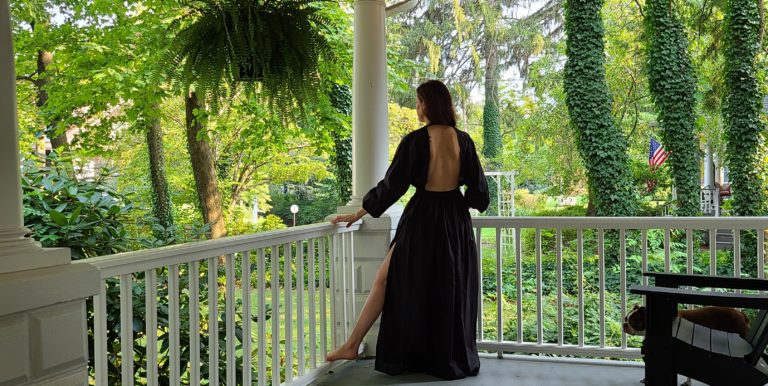
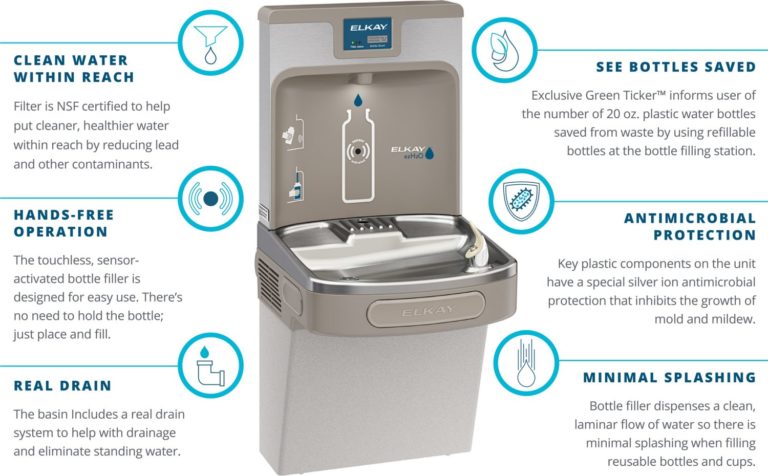

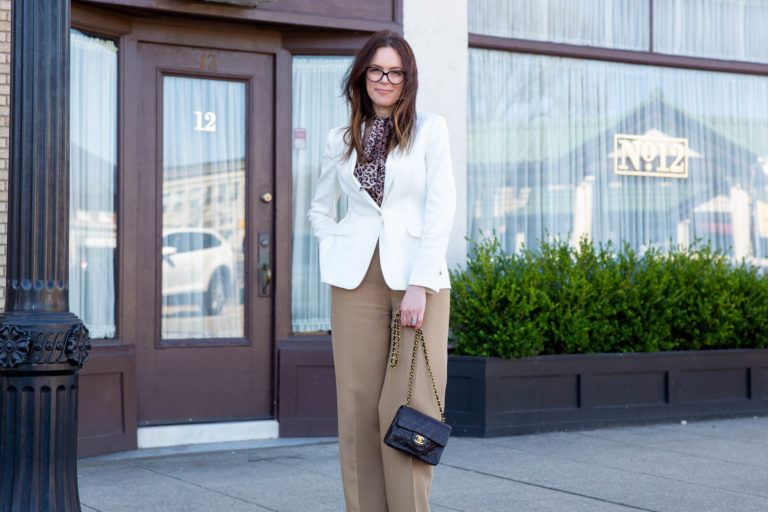
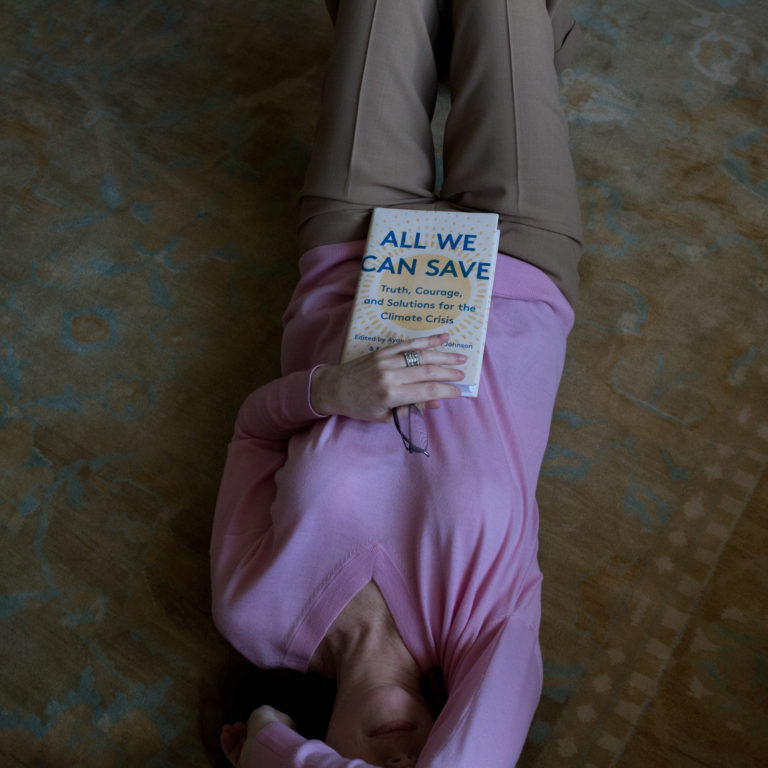
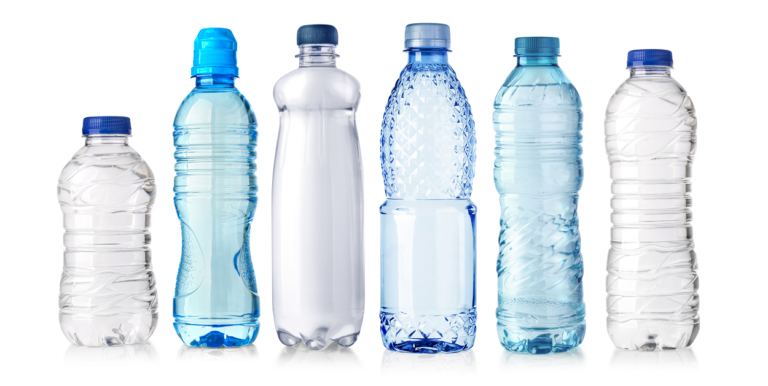
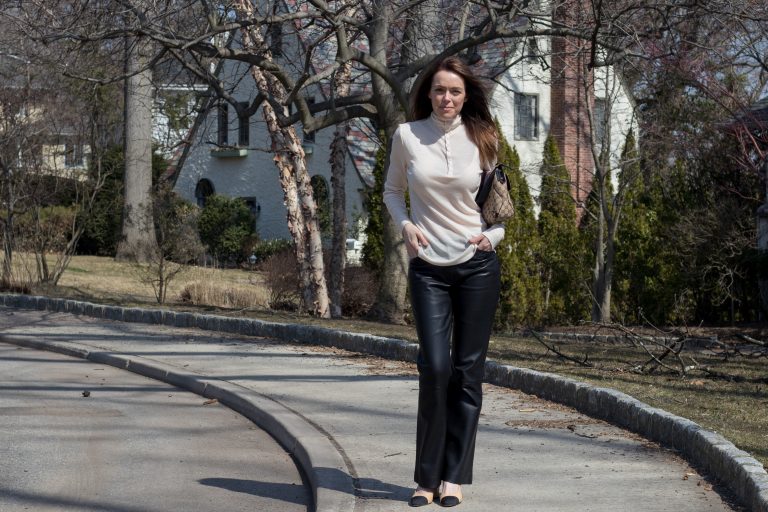
Comments ( 7 )
Nicola
I’m a knitter and have no hesitation in ripping a knitted item up and remaking it as something else if I don’t like it. Wool is the ultimate recyleable material. All my scraps go into the compost bin and disappear very quickly.
I think we need to call out the manufacturers who are still paying lip service to sustainability. I’ve just had an unhappy experience with IKEA Australia. We have two sofas that are out of warranty and have back seat inserts that are shredding. I called up the IKEA customer service to ask if I could PURCHASE new inserts and the answer was no. They agreed that if the sofas had been within warranty they would have replaced them for free but there is no facility for selling them. I escalated this to a written complaint, citing the environmental impact of sending two otherwise perfect sofas to landfill but the answer was the same – that they have no responsibility to do anything once the warranty has expired. So unless we can find an independent that will make some inserts that fit the sofas will have to be replaced ( not with IKEA!).
MT
Huge kudos to your persistence Nicola! I’m so impressed, wish more people were like us and call out these brands. Furniture is a massive problem in landfill and I wholeheartedly agree with you that it should be the manufacturer/brands responsibility. If furniture was designed to be disassembled this wouldn’t be a problem. It always comes back to the original design of each component. There are quite a few flooring companies that have certified cradle to cradle. https://blog.millikencarpet.com/cradle-to-cradle is one that sells in Australia.
Hopefully, furniture companies will soon see the value in cradle to cradle too.
I’ve seen a rise in furniture rental for homes, like staging but for private homes. It’s another circular option that makes a lot of sense.
And yes I’m with you about wool, it’s the best!
No Fear of Fashion
I have just been carefully sewing up a moth hole in my lovely yellow Kenzo jumper. Almost invisible. Yay for sewing skills, which we used to learn in the old days. This way I don’t have to throw away my lovely jumper.
I am getting better and better in sustainability. Far from there yet, but taking steps.
Greetje
MT
That’s really cool Greetje. I think those mending skills are coming back into fashion. The founder of Fashion Revolution, https://www.fashionrevolution.org/ Orsola de Castro – https://www.instagram.com/orsoladecastro – just wrote a book about it actually, called Loved Clothes Last. Would you believe my teenager mends her socks lol?
Lovely
Loved this post! This is a brilliant concept. Thanks for sharing!
xoxo
Lovely
http://www.mynameislovely.com
MT
Thanks Lovely!